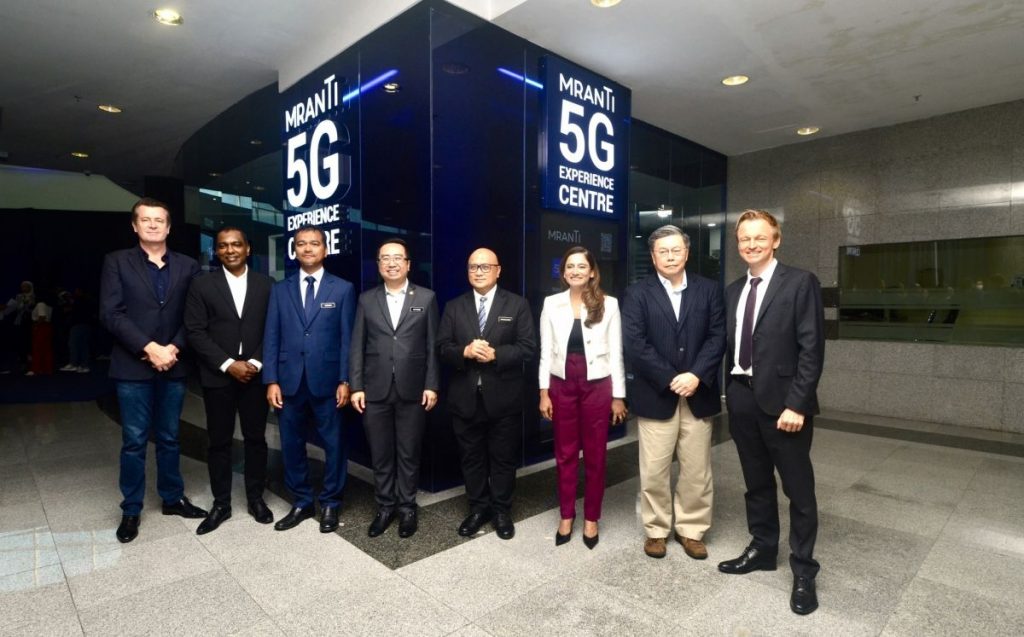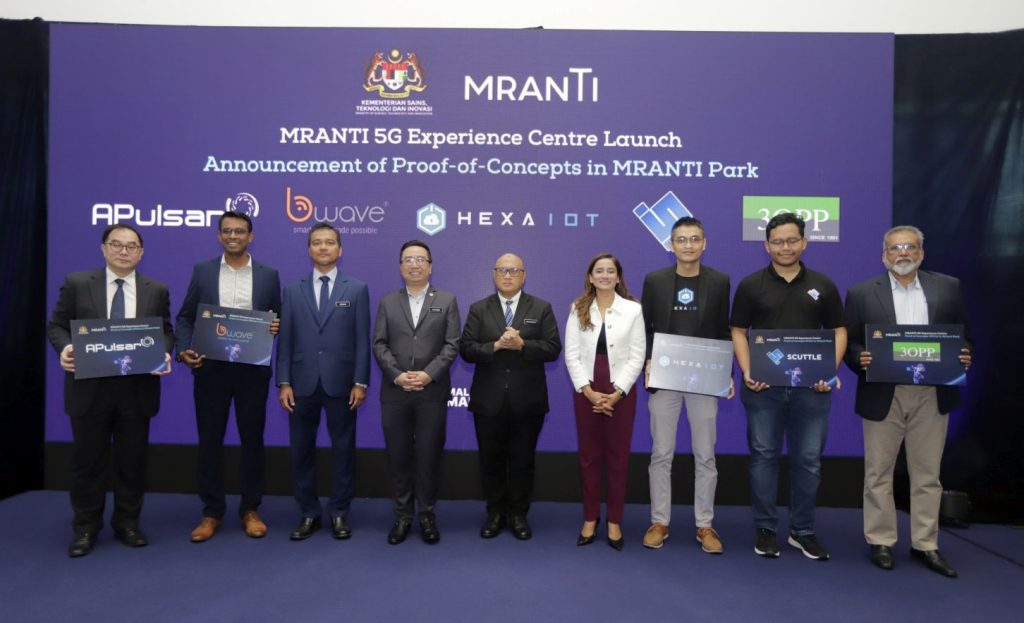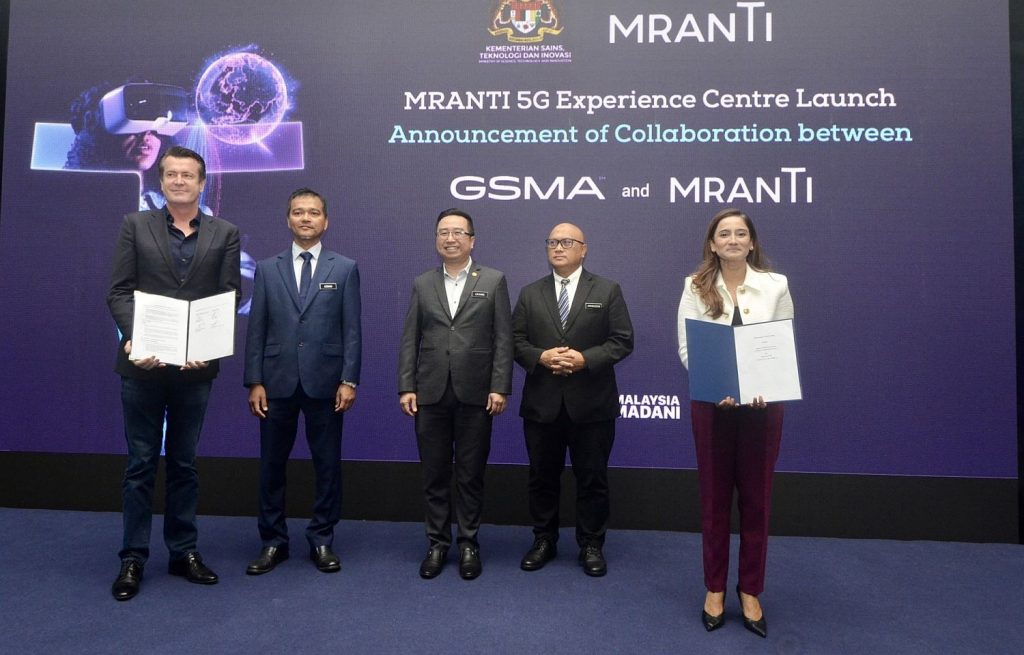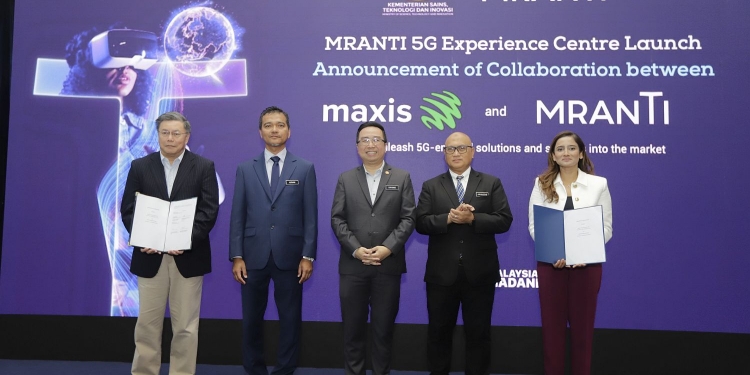The Malaysian Research Accelerator for Technology & Innovation (MRANTI) has launched its 5G Experience Centre which will act as the national testbed for 5G innovations. Besides being 5G ready, the MRANTI Park at Bukit Jalil offers full-fledged infrastructure facilities and services to support the commercialisation of new 5G technologies across the innovation development lifecycle.
The centre will provide access to cutting-edge equipment, high-speed computing facilities and resources as well as access and support from industry experts. In addition, MRANTI says there are plans to develop a 12km autonomous vehicle living lab in the vicinity as well as a 5-acre drone centre of excellence to advance the development of Industry 4.0 solutions.

Minister of Science, Technology and Innovation YB Chang Lih Kang said “The launch of MRANTI 5G Experience Centre is a significant milestone to fast-track new innovations that will improve the way we live, work and play in a more enriching data-driven future. Designed for prototyping, testing and development, the MRANTI 5G Experience Center will complement a growing number of 5G innovation facilities in Malaysia.”
He called for more early adopters to propel the growth of IR4.0 solutions with the use of 5G technologies. While Malaysia’s 5G adoption rate remains low despite achieving over 50% 5G population coverage, a key indicator for 5G success should include enterprise innovation and use cases that provide compelling applications to intensify industry adoption. Malaysia currently aims to expedite 5G deployment to achieve 80% population coverage by the end of this year. The government has recently announced a policy shift from a single wholesale to a dual network model for 5G after 80% population coverage target is achieved by Digital Nasional Berhad.

The MRANTI 5G Experience Centre is described as the first government-led 5G centre that offers a prototyping, test, demo and lab area with speeds of up to 1Gbps to showcase industry applications and use cases. A total of 5 proof-of-concepts (POC) have been announced which cover solutions for healthcare, agriculture, smart city development, drone technology, surveillance and more which will benefit the B40 communities and industry.
MRANTI CEO Dzuleira Abu Bakar said, “We recognise that having proof of concepts is one of the steps in winning over enterprise confidence for 5G adoption and the national testbed propels this, and we aim to funnel as many of these along to be commercialised.”
“I would like to welcome innovators, infrastructure service providers, telcos and enterprises looking to partner on programmes, collaborate to develop a 5G Proof-of-Concept, test or showcase a 5G solution, or learn about applied 5G to connect with us at MRANTI. MRANTI is equipped to enable and equip innovators and we also welcome discussions with investors at MRANTI Park,” she added.

MRANTI has also announced its collaboration with GSMA to open up market access for Malaysian innovators to collaborate with more than 1,000 mobile ecosystem players worldwide to advance locally-designed and produced innovation.
To develop a strong ecosystem for businesses, MRANTI is also collaborating with Maxis to accelerate 5G innovation and commercialisation. The strategic collaboration aims to leverage the strengths of both parties including Maxis’ 5G Alliance to foster a thriving ecosystem where different stakeholders can come together to promote innovation aimed at unleashing new 5G-powered solutions and services in the B2B sector.
Infrastructure service providers, telcos and enterprises who are interested to partner on programmes, develop a 5G POC or test a 5G solution are able to book a slot at the 5G Experience Center with MRANTI through an online booking.
Related reading
- Maxis may soon offer 5G services after 5G Task Force addresses DNB access agreement issues
- Maxis CEO highlights one of the biggest issues with Malaysia’s 5G coverage
- Malaysia’s 5G adoption rate remains low at 3.1% despite DNB having 59.5% 5G population coverage
- 5G Malaysia: GSMA says the focus should be on 5G innovation instead of 5G population coverage








